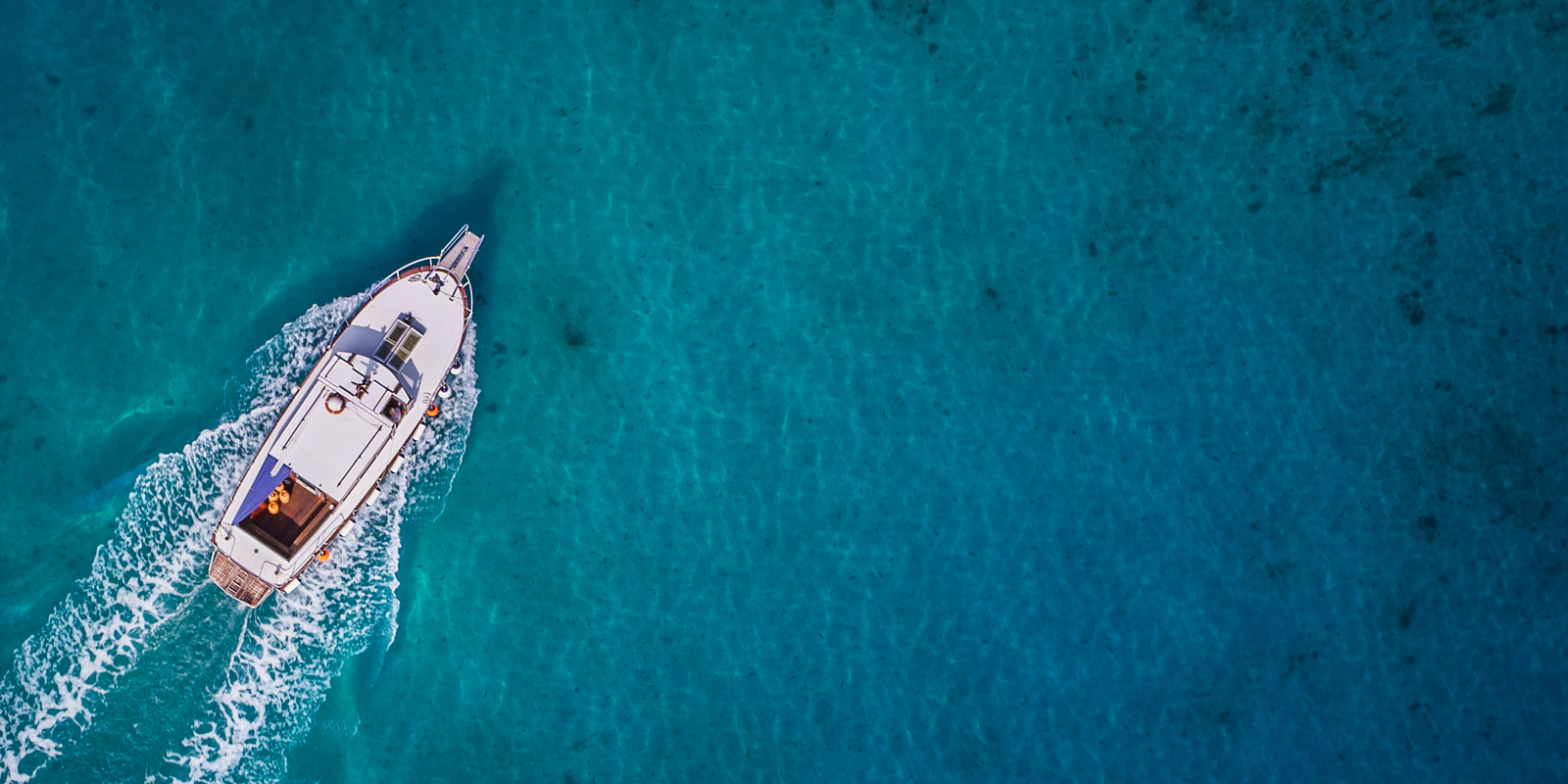UNDERWATER WORLD
The weather’s looking good, the seas are slight, visibility is great and the excitement is building. Planning and preparation has been happening all week, the tanks are full, the diving gear checked, and the boat is fuelled and ready. There’s another great weekend coming up for a diving adventure!
As all scuba divers, spear fishers and snorkelers know, the greatest way to explore the joys of diving is from a boat. It’s all fun jumping off rocks or waddling down the sand to the water, but the ultimate way to get to a dive site is by boat. Most really good dive sites are well away from direct shore access.
Boats open up endless possibilities, allowing you to explore unknown reefs, dive on shipwrecks, find new drop-offs, interact with fish and other marine life, as well as get away from the madding crowd.
A good boat with a GPS and depth sounder reveals incredible opportunities. You can be the explorer, discovering places and features you never knew or dreamed existed.


